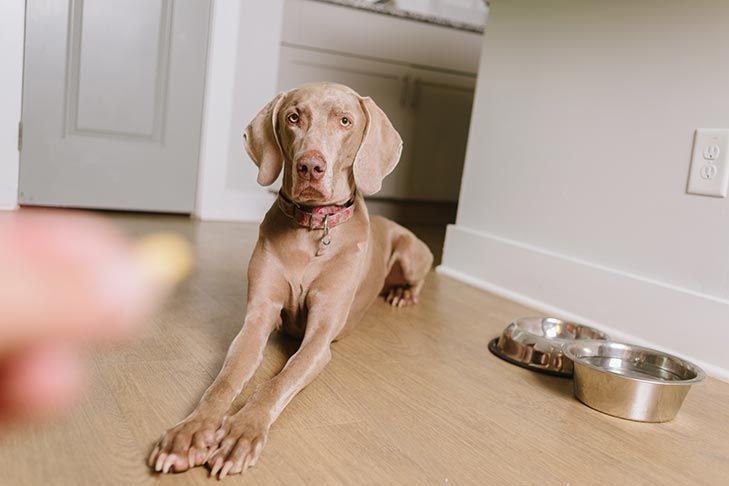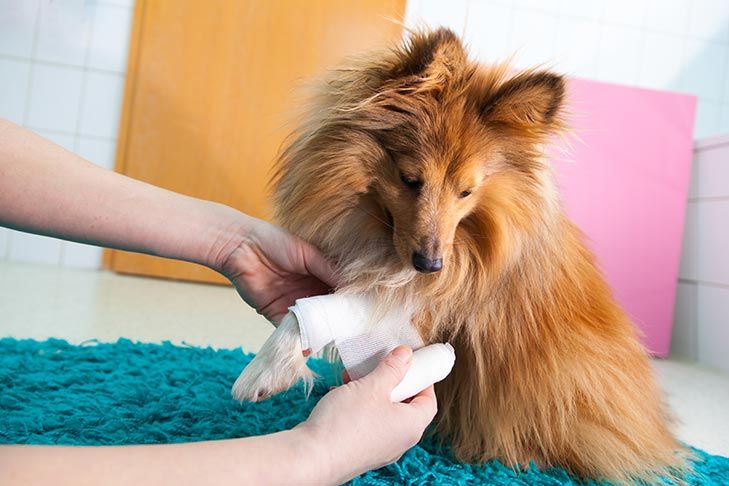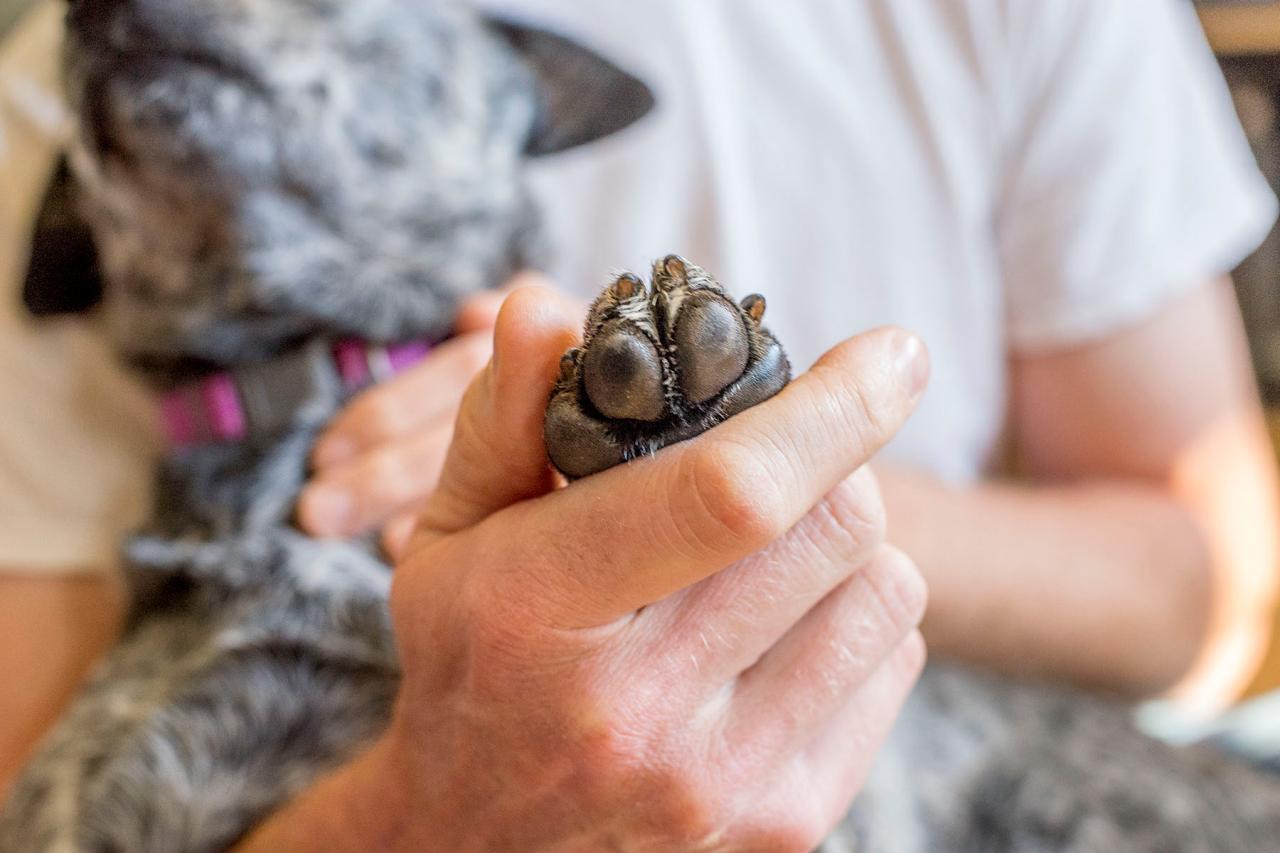I’ve often been asked what medicines or supplements that pet parents have at home could be used for their pets, and now, during the COVID-19 Pandemic, even more frequently. There are many that are ok, but there are also many that are absolute “No-No’s!”
Enhance Your Pet's Safety with Fi's Advanced Tracking
Taking care of your pet’s health means making informed choices about medications and supplements, but also about their overall well-being. While understanding what medicines can be safely used is important, ensuring your pet's safety extends beyond just healthcare. That's why the Fi Dog Collar is an excellent addition to your pet's safety toolkit.
This smart collar not only monitors your dog's activity but also features real-time GPS tracking to help you keep them safe, especially during emergencies. The Fi Dog Collar ensures you’re always prepared, whether it's checking on your pet’s location or monitoring their activity levels. Get the Fi Dog Collar today and be ready for any situation.

Antibiotics For Dogs
Most of the antibiotics we use are also used for our pets, however the doses differ tremendously. Cephalexin (Keflex), Augmentin (human version of Clavamox), Doxycycline, Ampicillin, Amoxicillin, and Azithromycin can be used, but you need to check with your veterinarian regarding dosing.
We don’t use Tetracycline as much with dogs (we prefer the Doxycycline), and Ciprofloxacin isn’t absorbed as well, so we prefer Enrofloxacin (Baytril) or Marbofloxacin which aren’t used as much for us. It’s important to know that you don’t want to start a course of antibiotics, then stop before 5 to 7 days, as that may cause future resistance.

Antihistamines For Dogs
These can be of benefit in certain instances, but it is important to note that common dog skin allergies are not primarily mediated by histamine, so antihistamines may be of little to no help. Acute allergic episodes, like bee stings, vaccine reactions, or an acute food hypersensitivity, may be somewhat responsive to the OTC antihistamines.
When using antihistamines, I often prefer the good, old fashioned, diphenhydramine (Benadryl) or Chlorpheneramine (Chlor-Trimeton) over the newer “non-drowsy” choices because I want the “drowsy” effect as it keep the dogs a little calmer. For dosing info, check with your vet.

Ointments, Creams, and Sprays For Dogs
Many of the OTC ointments and creams are ok to use on your pets, but you need to make sure they don’t lick them off. Some of the favorites are antibiotics like Neosporin, Bactine, Mupirocin, and Polysporin (and, of course, any of the generic versions).
For anti-fungal products, one can use anything with the effective active ingredients like Miconazole, Ketoconazole, Clotrimazole, Tolnaftate, or Terbinafine.

Finally, for anti-inflammatory products, there are many with 0.5% or 1% hydrocortisone, either by itself or mixed with an antibiotic. Again, check with your vet, and whatever you use, make sure to apply a very thin layer, and don’t let you dog lick the medication!!

Anti-Inflammatory Medications For Dogs
As far as the OTC anti-inflammatory medications, there are very few options - The only common oral steroidal options are prednisone or dexamethasone, and both are prescription only.
As far as non-prescription options, the only choice is aspirin or Ascriptin (aspirin with antacid). Dogs are much more sensitive to aspirin than we are, and cats even more so, and many veterinarians don’t recommend using them as all. I recommend them only in a pinch if the dog is really in need and can’t get to a vet.
The other “human” options, like Ibuprofen, naproxen, phenylbutazone, and acetaminophen are generally not recommended for pets—and you must know that acetaminophen will KILL a cat!! The non-steroidal anti-inflammatory medications that we use most often are Carprofen, Deracoxib, Firocoxib and Galliprant which require a prescription and are Veterinary only, and Meloxicam, which is for human and veterinary use, but also requires a prescription. So, as you can see, in this category the options are very limited.

Medications To Induce Vomiting In Dogs
To be effective in emptying the stomach, it is important to induce vomiting as soon as possible, certainly within 2 hours. Make sure to check with a veterinarian or poison control center to confirm that it is recommended to induce vomiting, as often, especially with the ingestion of certain chemicals or sharp objects (like glass or chicken bones), inducing vomiting is NOT advised.
When it comes to inducing vomiting, the options to attempt this at home are very limited, and some veterinarians don’t recommend any of them. In my opinion, the only option to induce vomiting in dogs is by administering fresh hydrogen peroxide at a dose of 0.5 to 1.0 ml per pound. To put this simply, ½ to 1 tsp per 5 pounds of body weight or 1 oz. (which is 30 ml) for a 30 to 60 pound dog. Do NOT use salt water or syrup of Ipecac under any circumstance! If the hydrogen peroxide doesn’t work, some recommend repeating it once, and if that doesn’t work you need to take your dog to an emergency or urgent care facility.
Next time you open your medicine cabinet to pull something out to use for your pet, PLEASE do your homework first—check with your veterinarian, an emergency facility, poison control, or even, often reluctantly, “Dr. Google.” Many products you have may be okay, but you have many that may not be!!
Fi Veterinary Consultant






